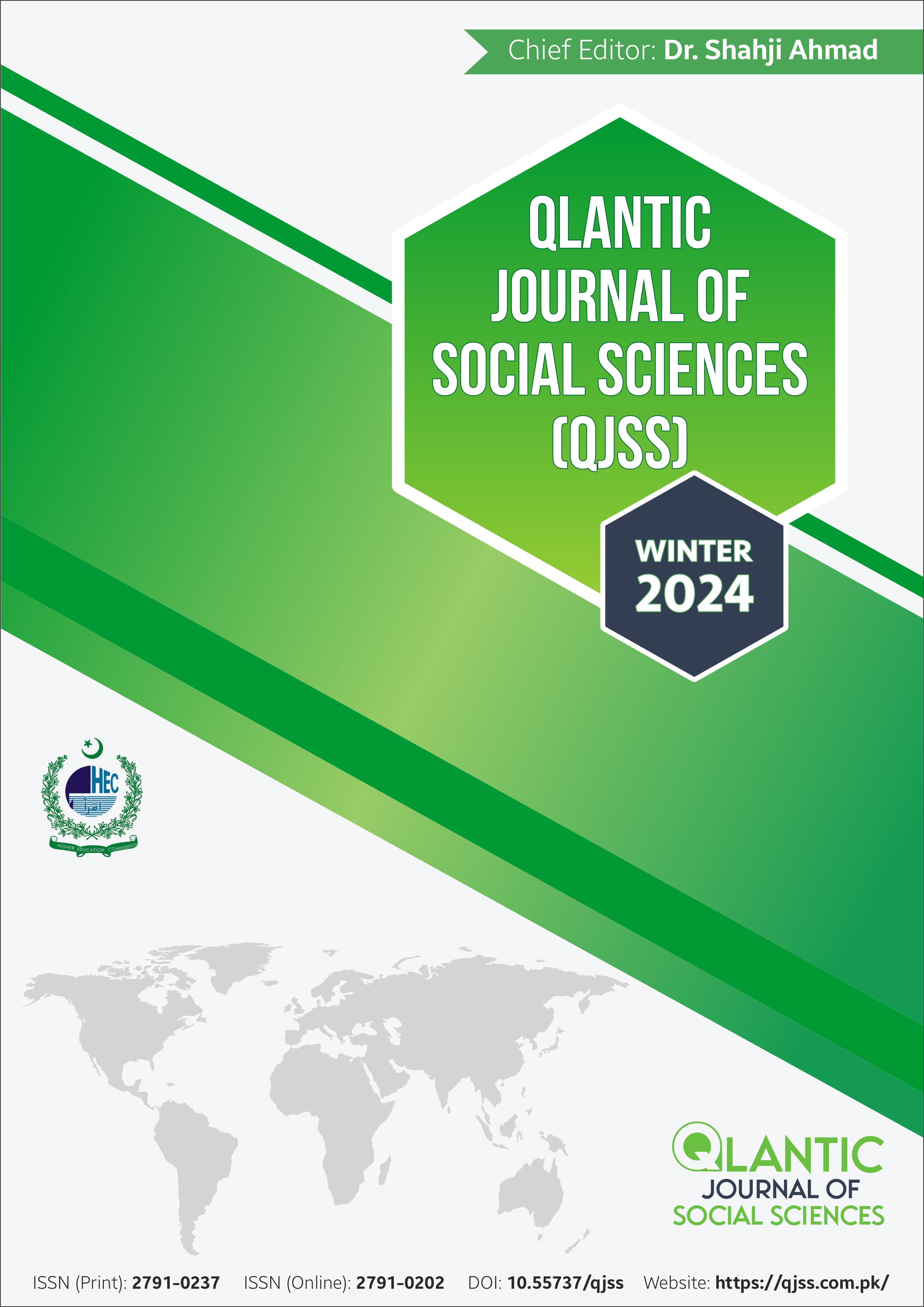A Comparative Study of Multiple Intelligences Profiles and English Language Achievement Among Primary School Students in Urban and Rural Areas
DOI:
https://doi.org/10.55737/qjss.247740291Keywords:
Multiple Intelligences, Profiles, English Language Achievement, Primary School Students, Urban Areas, Rural Areas, Comparative Study, Intelligence Assessment, LinguisticAbstract
This research study aimed to measure and compare the MI profile of urban and rural primary school students to understand the relationship between intelligence type and English language learning. A cross-sectional research design was adopted to solve the query, and using purposive sampling techniques, two (02) of the schools, one each, i.e., urban & rural, were selected, and twenty-six students from each school were included in the study sample. Both genders were given equal representation. A standardized test was used to measure the participants' MI; later, a test for grade-five level students was constructed to measure their proficiency in all language skills, i.e., listening, speaking, reading, and writing. The standardized and language proficiency test results were compared, showing a relationship between linguistic-verbal Intelligence and language learning, and has ultimately proved the theory proposed by Harward Gardner.
References
This research study aimed to measure and compare the MI profile of urban and rural primary school students to understand the relationship between intelligence type and English language learning. A cross-sectional research design was adopted to solve the query, and using purposive sampling techniques, two (02) of the schools, one each, i.e., urban & rural, were selected, and twenty-six students from each school were included in the study sample. Both genders were given equal representation. A standardized test was used to measure the participants' MI; later, a test for grade-five level students was constructed to measure their proficiency in all language skills, i.e., listening, speaking, reading, and writing. The standardized and language proficiency test results were compared, showing a relationship between linguistic-verbal Intelligence and language learning, and has ultimately proved the theory proposed by Harward Gardner.




